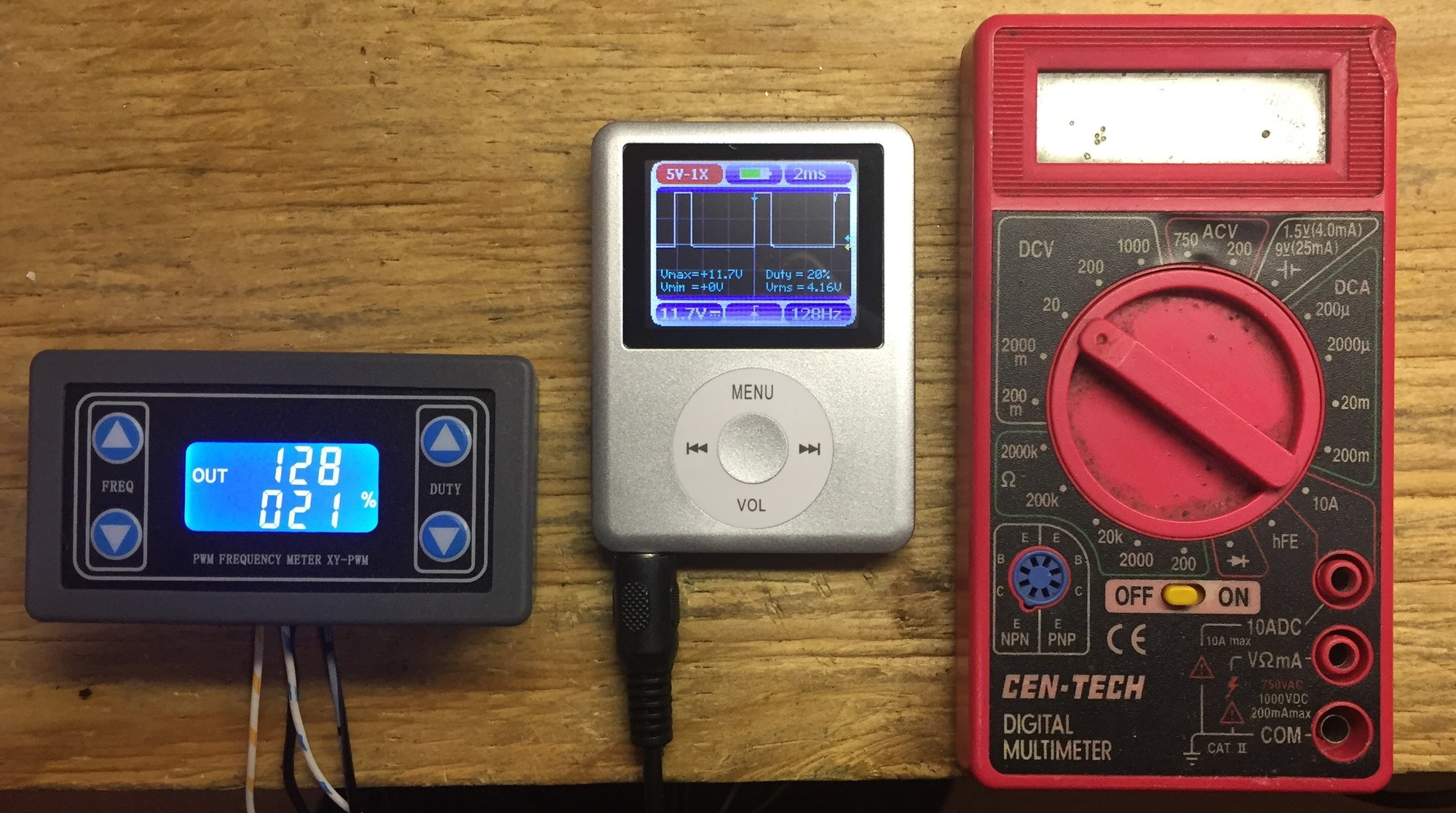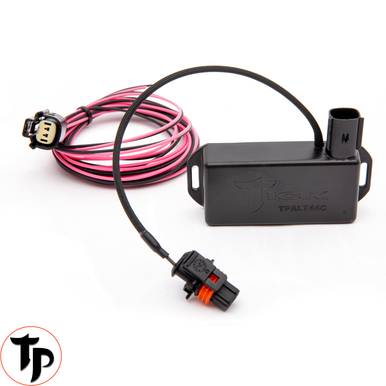I'm using the 2004-2007 Cadillac alternator 150AMP (GM 84009383). I'm having an issue (electrical is not my strength), but the volt meter in the cockpit will at time show a strong 14 volts then fall to about 12.5 volts and then migrate back up to about 13.5 or so (as best I can read the volt meter). I see this alternator is self governing (turns on via RPM??), and via diodes and rectifiers controls output thru signals from the ECU (I think).
In looking at the internet I see a jumper wire from the output stud on the alternator (same stud going to battery) back to the pins that the GM single wire harness plug connects.
Should there be a jumper wire on this unit?
Thanks
In looking at the internet I see a jumper wire from the output stud on the alternator (same stud going to battery) back to the pins that the GM single wire harness plug connects.
Should there be a jumper wire on this unit?
Thanks


